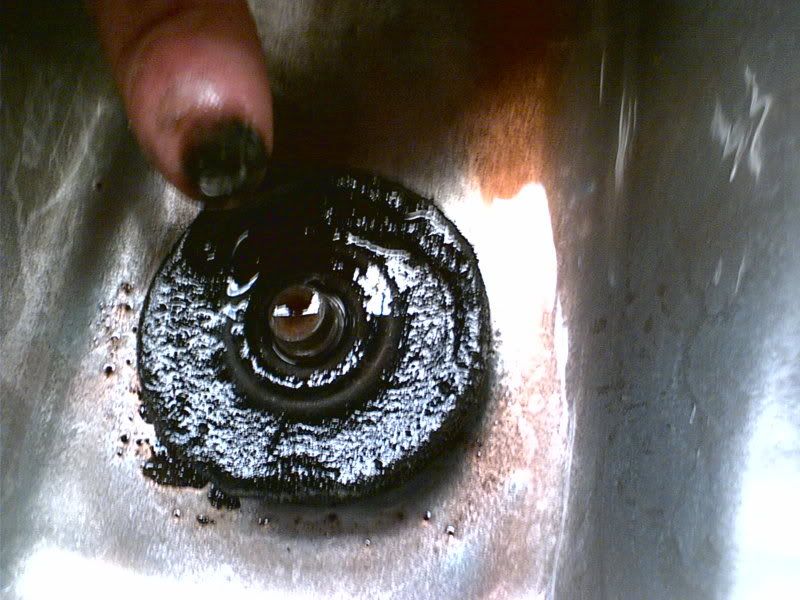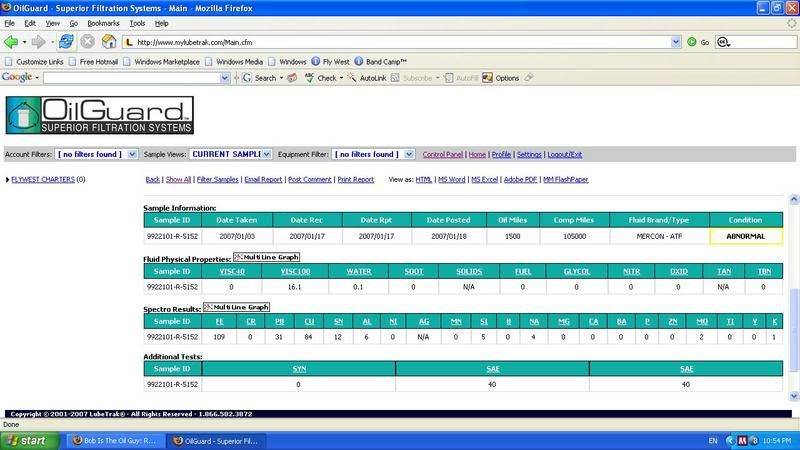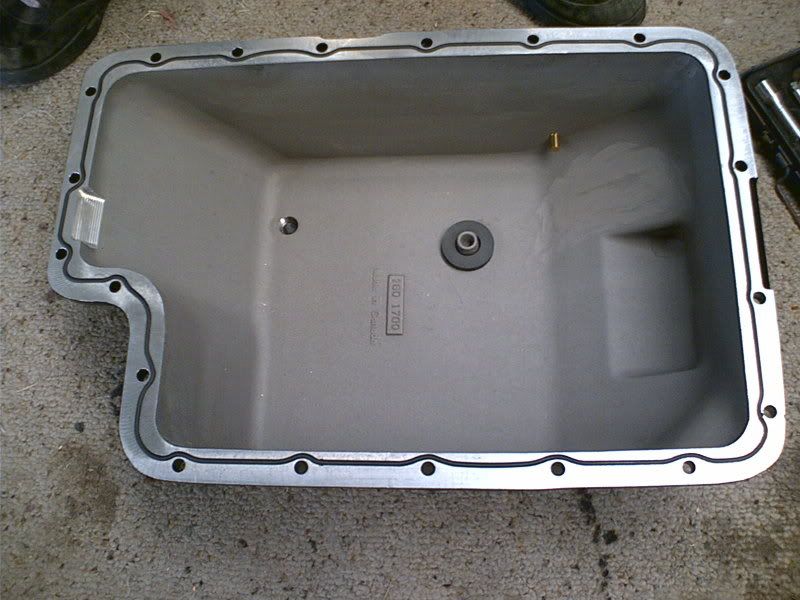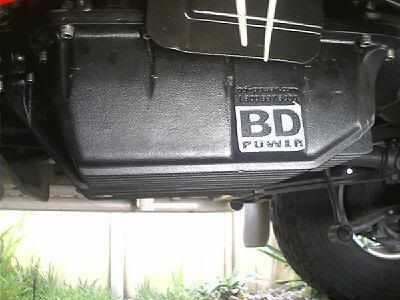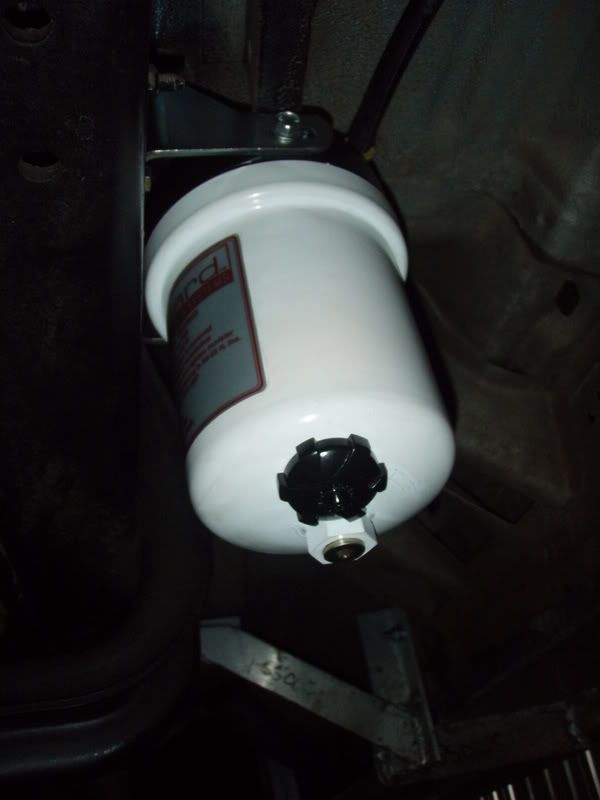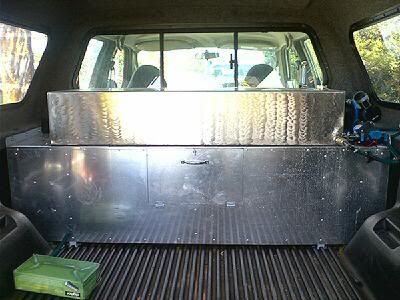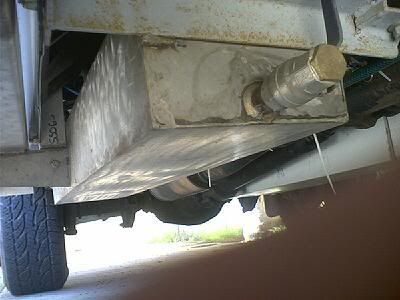I've had this discussion with the LPG co-fuel people for ages.
A diesel runs on the lean side of stoichiometric (stoichiometric being where there is exactly mole equivalent air available to burn the fuel in the chamber), meaning that there's extra air available to burn some fuel.
As this margin reduces, temperatures go up. (Petrol engines are typically on the other side, as they lean out the temps go up)
That extra has an "extra" margin to allow for air filter restriction cutting back on the available air, and bringing combustion temps upwards.
The "chippers" use that margin to throw in extra fuel and get more power.
The LPG installers throw in a small charge of LPG that cannot auto-ignite because it is way too lean, then spark it with a normal diesel charge. Unlike most of the US based companies, gas is on all the time, not just a hill climbing boost.
They all claim "catalytic" action, and lower EGTs, but thermodynamically, more fuel means more temp. More temp means more Nox. More NOx leads to more nitration ???
There are a heap of LPG specific oils down here. There are a heap of Diesel specific oils. None list diesel/gas conversions.
It's unfair of these co-fuel installers to not do the testing and work out what's correct for their engines. It's unfair of them to say "should be no change", when they are talking garbage about the fundamentals of their conversions.
Can't expect Mobil to answer the question, as that market is tiny at present.
A diesel runs on the lean side of stoichiometric (stoichiometric being where there is exactly mole equivalent air available to burn the fuel in the chamber), meaning that there's extra air available to burn some fuel.
As this margin reduces, temperatures go up. (Petrol engines are typically on the other side, as they lean out the temps go up)
That extra has an "extra" margin to allow for air filter restriction cutting back on the available air, and bringing combustion temps upwards.
The "chippers" use that margin to throw in extra fuel and get more power.
The LPG installers throw in a small charge of LPG that cannot auto-ignite because it is way too lean, then spark it with a normal diesel charge. Unlike most of the US based companies, gas is on all the time, not just a hill climbing boost.
They all claim "catalytic" action, and lower EGTs, but thermodynamically, more fuel means more temp. More temp means more Nox. More NOx leads to more nitration ???
There are a heap of LPG specific oils down here. There are a heap of Diesel specific oils. None list diesel/gas conversions.
It's unfair of these co-fuel installers to not do the testing and work out what's correct for their engines. It's unfair of them to say "should be no change", when they are talking garbage about the fundamentals of their conversions.
Can't expect Mobil to answer the question, as that market is tiny at present.


